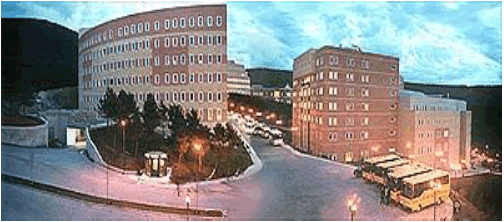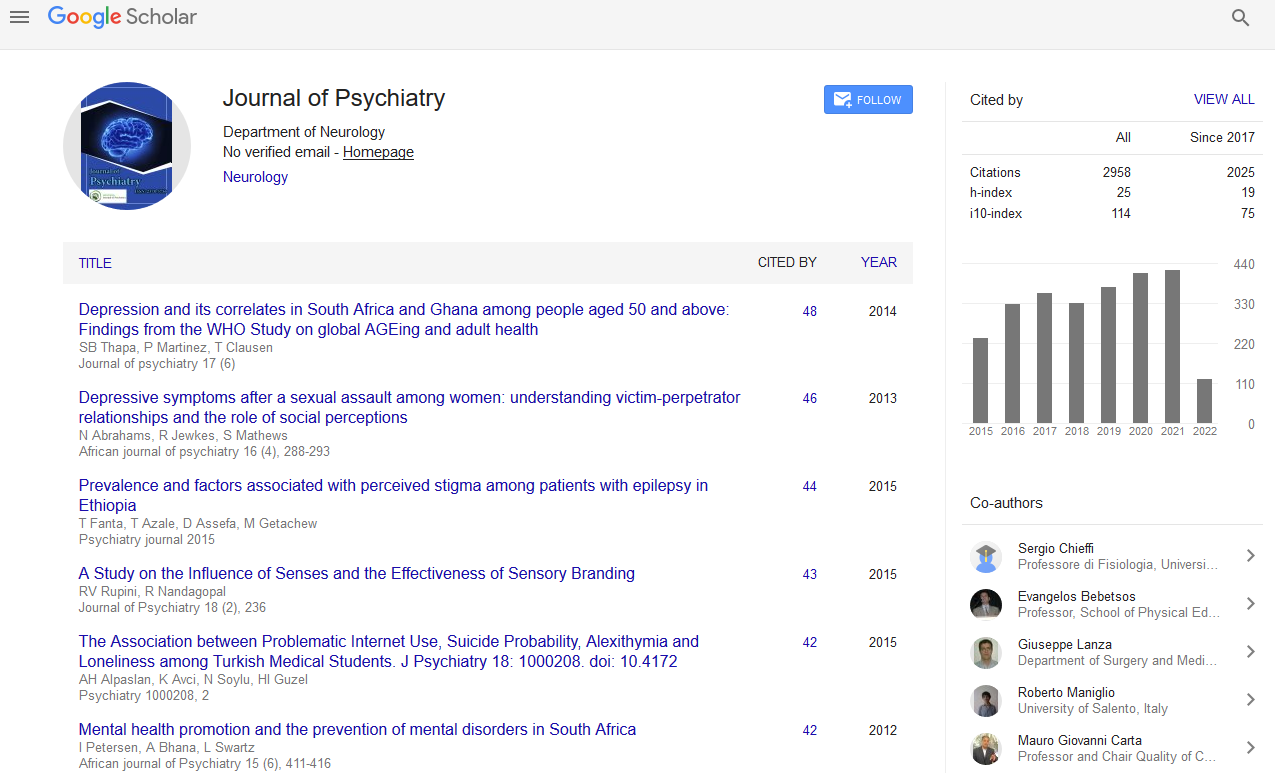PMC/PubMed Indexed Articles
Indexed In
- RefSeek
- Hamdard University
- EBSCO A-Z
- OCLC- WorldCat
- SWB online catalog
- Publons
- International committee of medical journals editors (ICMJE)
- Geneva Foundation for Medical Education and Research
Useful Links
Share This Page
Open Access Journals
- Agri and Aquaculture
- Biochemistry
- Bioinformatics & Systems Biology
- Business & Management
- Chemistry
- Clinical Sciences
- Engineering
- Food & Nutrition
- General Science
- Genetics & Molecular Biology
- Immunology & Microbiology
- Medical Sciences
- Neuroscience & Psychology
- Nursing & Health Care
- Pharmaceutical Sciences
Value Added Abstract - (2020) Volume 0, Issue 0
Effects of Action Observation Training in Upper Limb Functions on Patients with Neurological Disorders: Systematic Review
Damlasu Altınoz and Feryal SubasiPublished: 16-Sep-2020
Abstract
Introduction: AOT (Action Observation Training) is a physical rehabilitation approach that provokes motor function improvement by activating the mirror neuron system.
Objective: This systematic review aims to assess whether action observation enhances upper limb motor performance in patients with neurological disorder.
Method: Trials were searched on The Cochrane Central Register of Controlled Trials (CENTRAL) and 4 more databases. Also, reference lists were screened for relevant articles. Risk of bias evaluated according to PEDro Scale. According to result of these scores the trials which have score least than 5 are excluded (range 0 –10 points, increasing score indicates increased quality).
Results: Fifteen RCTs, which met the criteria for inclusion, were identified. According to that, 697 samples included. Ten studies proved the efficacy of AOT in functional recovery on upper limb in stroke (seven in chronic, three in Subacute. However, only one study involving patients in the acute stroke showed significantly higher improvement of functional dexterity in the group performing the conventional therapy. Also, one study is suggested that AOT may be a promising approach in the rehabilitation of bradykinesia in patients with Parkinson’s disease. Other two studies also indicated that AOT improves upper limb motor function in children with cerebral palsy. However, one study showed no difference between two groups in children with cerebral palsy.

Biography:
Damlasu Altınoz is currently working as Faculty of Health Sciences in the Department of Physiotherapy and Rehabilitation in the university of Yeditepe University, Turkey.

Speaker Publications:
1. Mendis S. “Stroke disability and rehabilitation of stroke: World Health Organization perspective”. Int J stroke. 2013; 8(1):3–4.
2. Broeks JG, Lankhorst GJ, Rumping K, Prevo AJ. “The long-term outcome of arm function after stroke: Results of a follow-up study”. Disabil Rehabil. 1999; 21(8):357–64.
3. Sarasso E, Gemma M, Agosta F, Filippi M, Gatti R. “Action observation training to improve motor function recovery: A systematic review. Arch Physiother. 2015; 5:14.
4. Favre I, Zeffiro TA, Detante O, Krainik A, Hommel M, Jaillard A. “Upper limb recovery after stroke is associated with ipsilesional primary motor cortical activity: A meta-analysis. Stroke”. 2014; 45(4):1077–83.
10th International Conference on Neurological disorders & Stroke; Webinar-August 21-22, 2020.
Abstract Citation:
Damlasu Altınoz, Effects of action observation training in upper limb functions on patients with neurological disorders: systematic, Stroke Congress 2020, 10th International Conference on Neurological disorders & Stroke Webinar- August 21-22, 2020.


